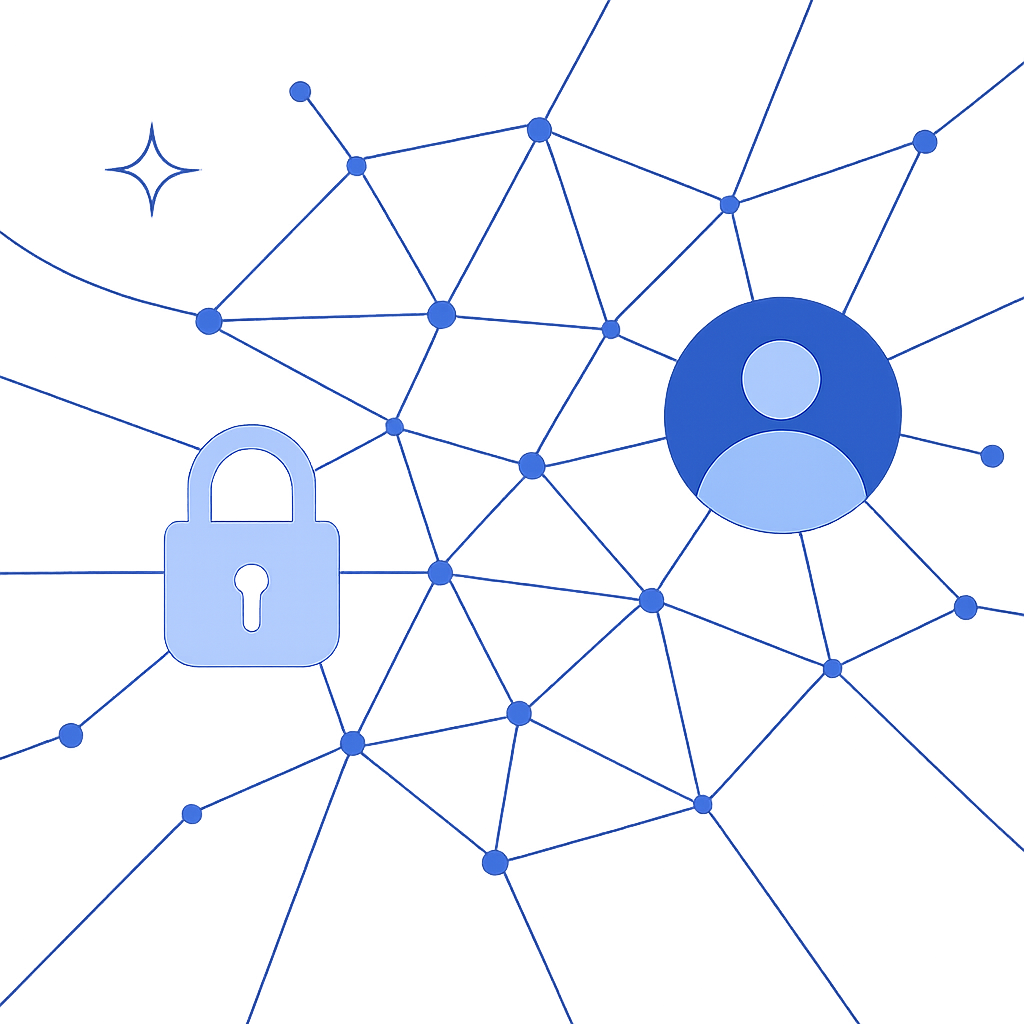
Organizational Network Analysis (ONA) has become a critical tool for understanding how work gets done in modern enterprises, but implementing it in today's privacy-conscious landscape requires careful navigation of complex regulations. With GDPR in Europe and CCPA in California setting strict standards for data protection, HR analytics and legal teams must build privacy-first frameworks that deliver insights while maintaining compliance. (Worklytics)
The stakes have never been higher. Enterprise companies must make data-driven decisions to remain competitive, yet the depth of data available determines the insights they can achieve and the actions they can take. (Worklytics) This creates a fundamental tension: organizations need comprehensive workplace analytics to improve operational efficiency and increase employee engagement, but they must do so within increasingly stringent privacy boundaries.
This comprehensive playbook provides HR analytics and legal teams with a practical framework for building GDPR-compliant ONA programs in 2025. Using real-world implementation strategies and privacy-first design principles, we'll walk through data mapping, anonymization thresholds, role-based access controls, and audit logging requirements that enable organizations to unlock the power of workplace insights while maintaining regulatory compliance.
A privacy-first Organizational Network Analysis (ONA) program is designed to understand workplace collaboration patterns while prioritizing employee data protection and regulatory compliance. With GDPR and CCPA setting strict standards, organizations must implement robust privacy frameworks from the start rather than retrofitting compliance measures later.
GDPR requires explicit consent for data processing, data minimization principles, and the right to erasure for ONA programs. Organizations must implement pseudonymization techniques, maintain detailed data processing records, and ensure employees can opt-out without penalty. This means designing ONA systems with privacy-by-design principles from the ground up.
Effective ONA anonymization includes k-anonymity (ensuring groups of at least k individuals share identifying attributes), differential privacy (adding statistical noise), and data aggregation at team or department levels. Organizations should also implement role-based access controls and time-limited data retention policies to minimize privacy risks.
Success metrics should focus on aggregate insights rather than individual behaviors, such as team collaboration effectiveness, cross-functional project outcomes, and organizational network density. According to enterprise people analytics best practices, organizations can track collaboration patterns and team health metrics while maintaining employee anonymity through proper data governance frameworks.
A compliant ONA infrastructure requires encrypted data storage, audit logging, automated data retention policies, and secure API integrations with workplace tools like Slack, Microsoft 365, and Google Workspace. Organizations must also implement data lineage tracking, consent management systems, and regular security assessments to maintain compliance.
Organizations must provide clear, jargon-free explanations of what data is collected, how it's used, and what insights are generated. Employees should have granular consent options, the ability to view their data, and easy opt-out mechanisms. Transparency reports showing aggregate program benefits without individual identification help build trust and demonstrate value.